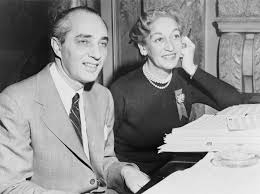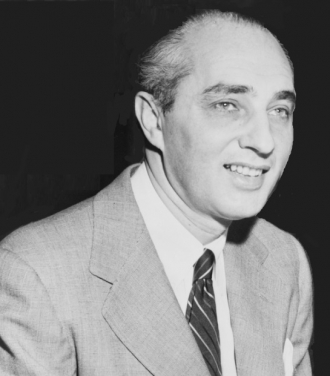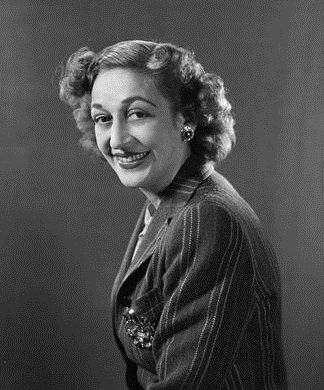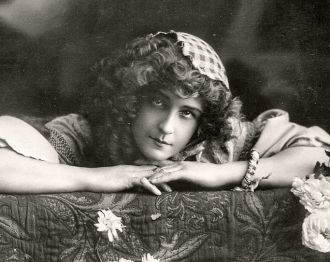Dorothy Fields and Arthur Schwartz
A photo of Dorothy Fields with Arthur Schwartz. Dorothy Fields wrote 400 songs with different composers.
Date & Place:
Not specified or unknown.


 Amanda S. Stevenson
Amanda S. Stevenson 





